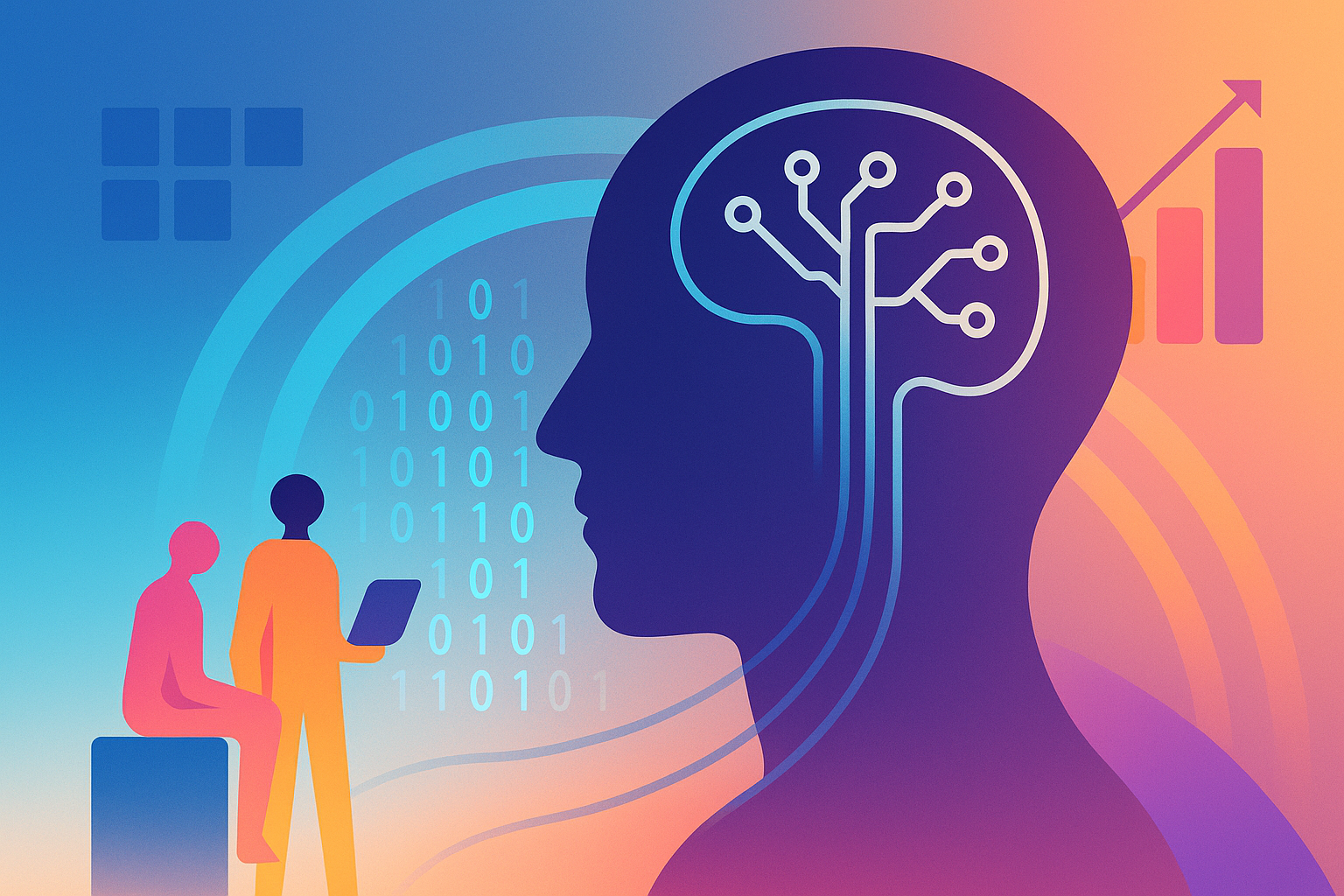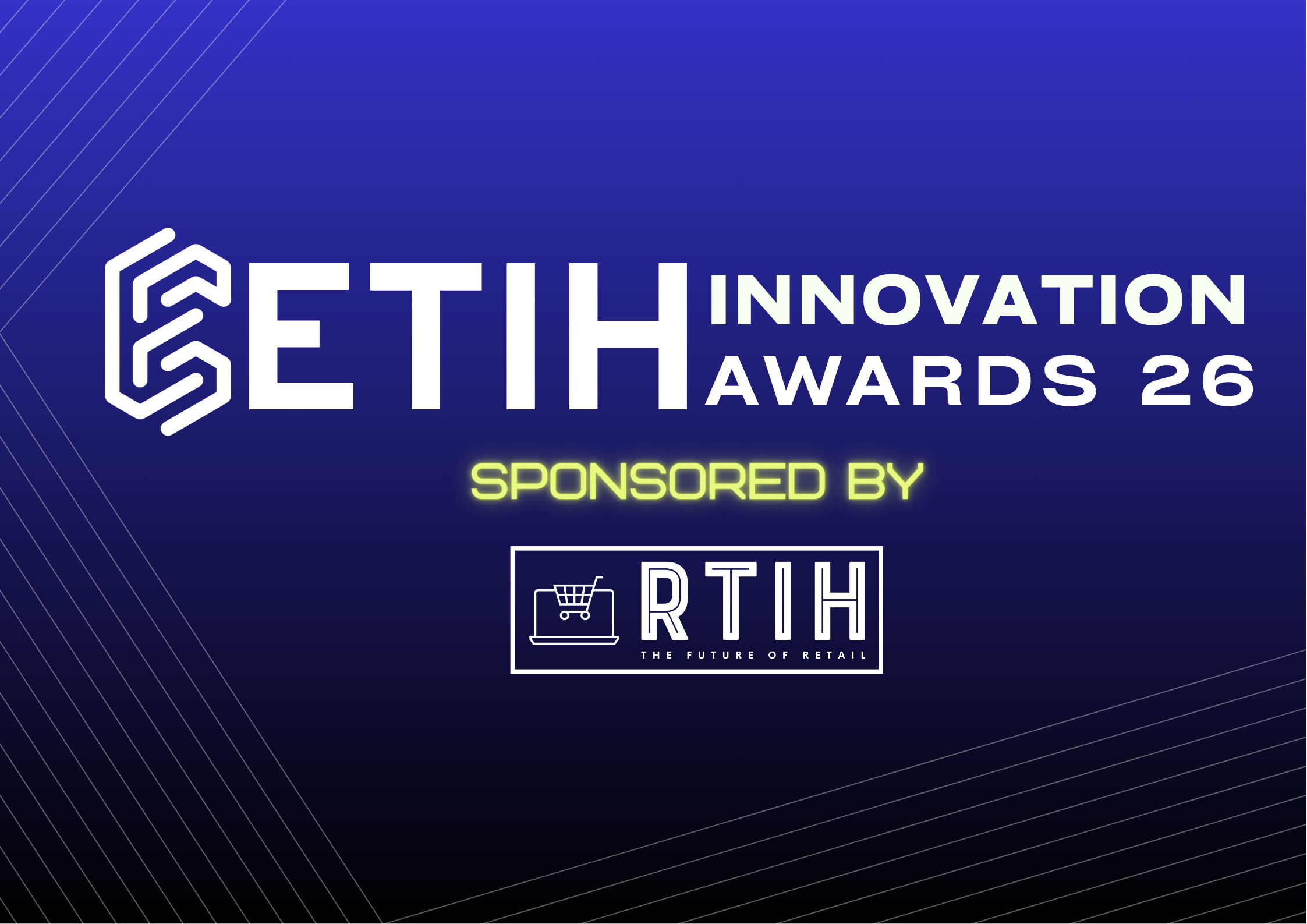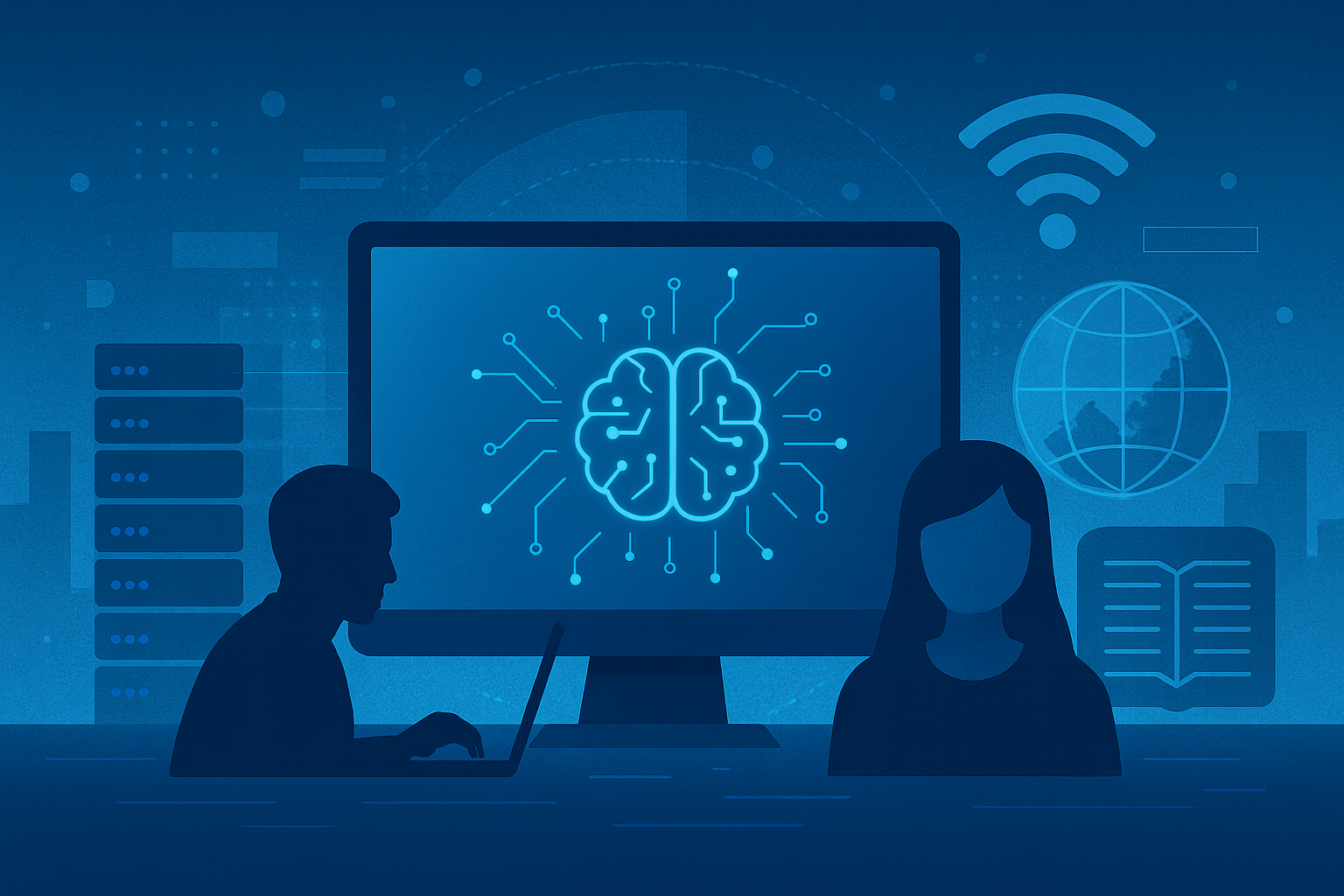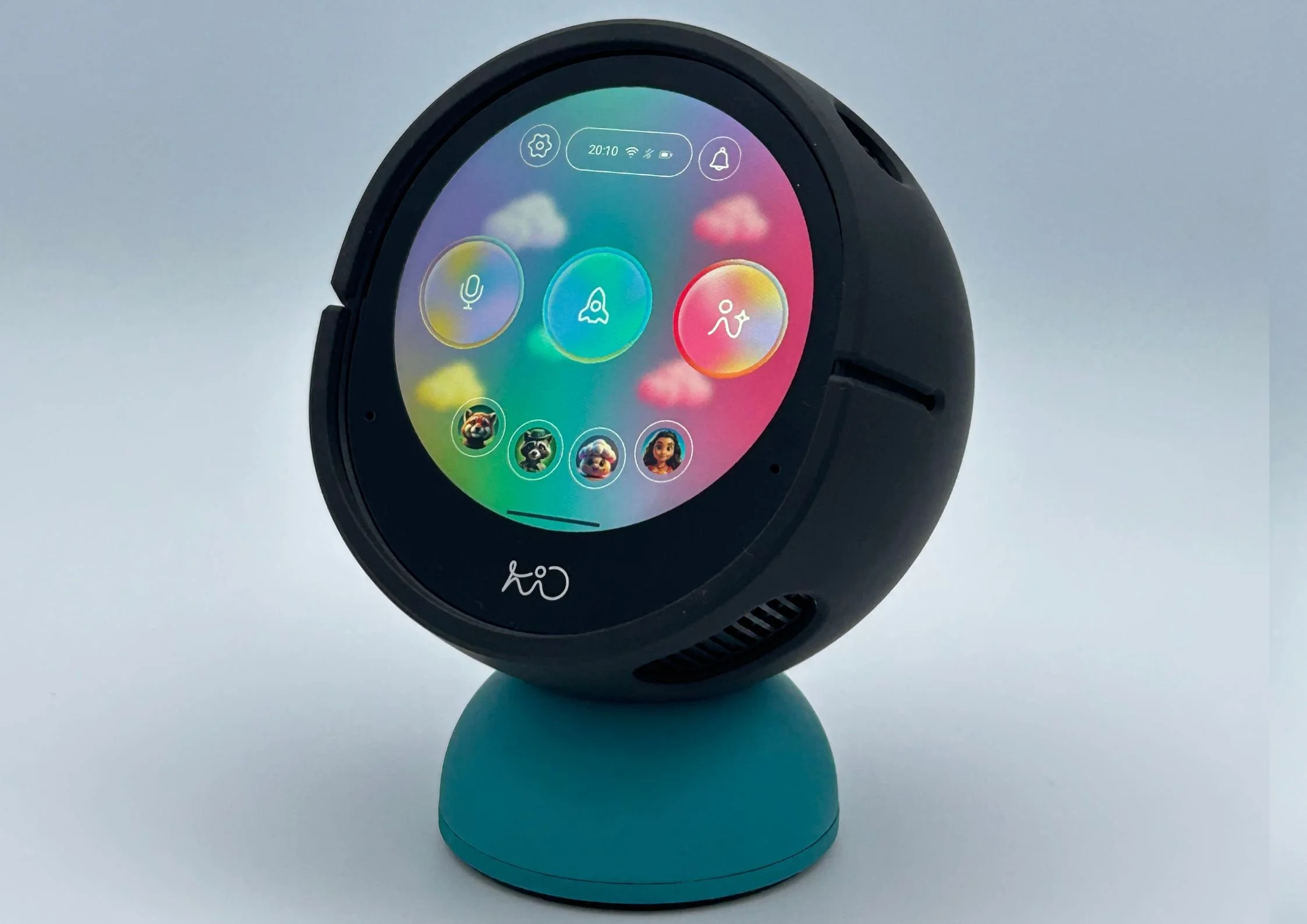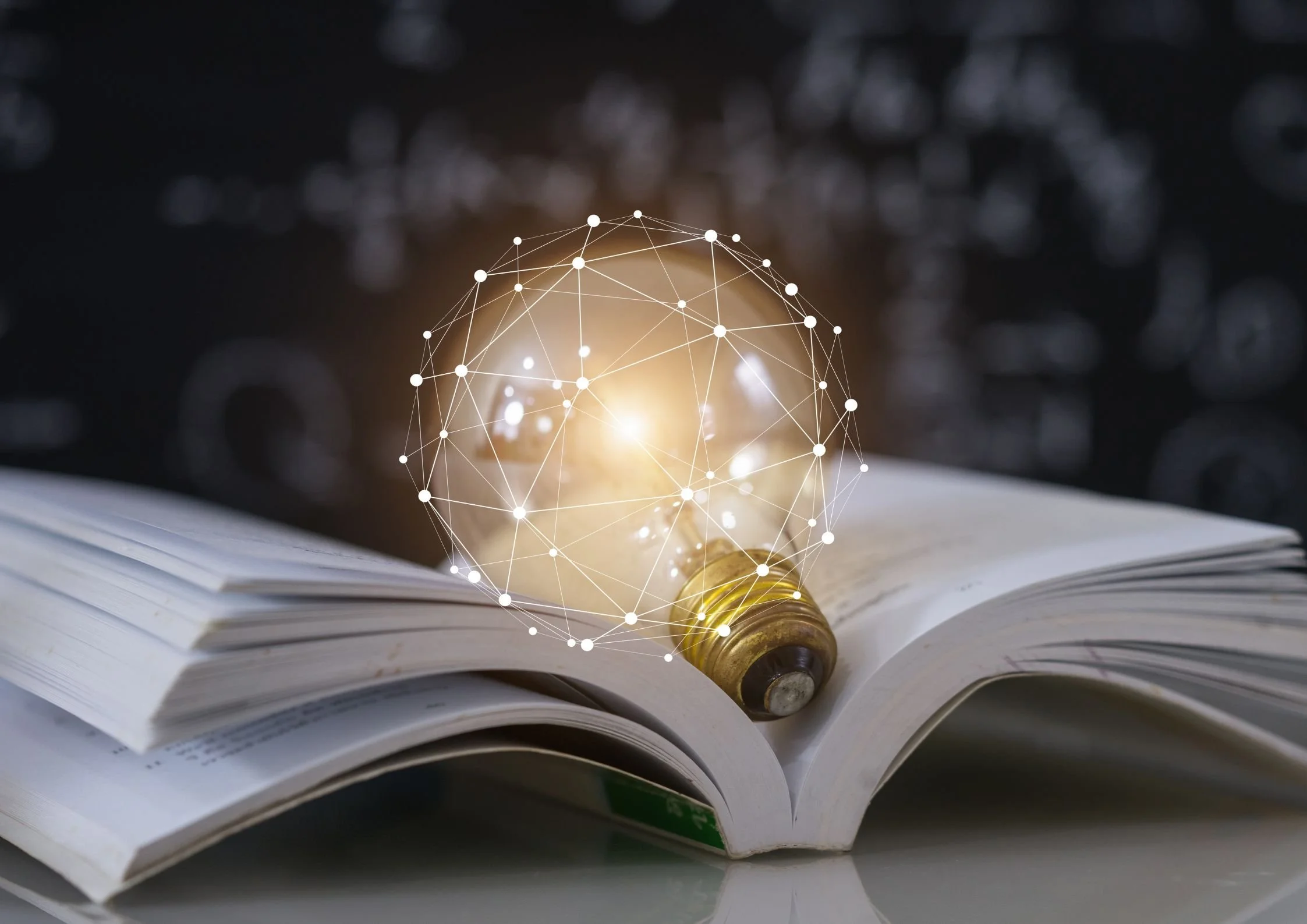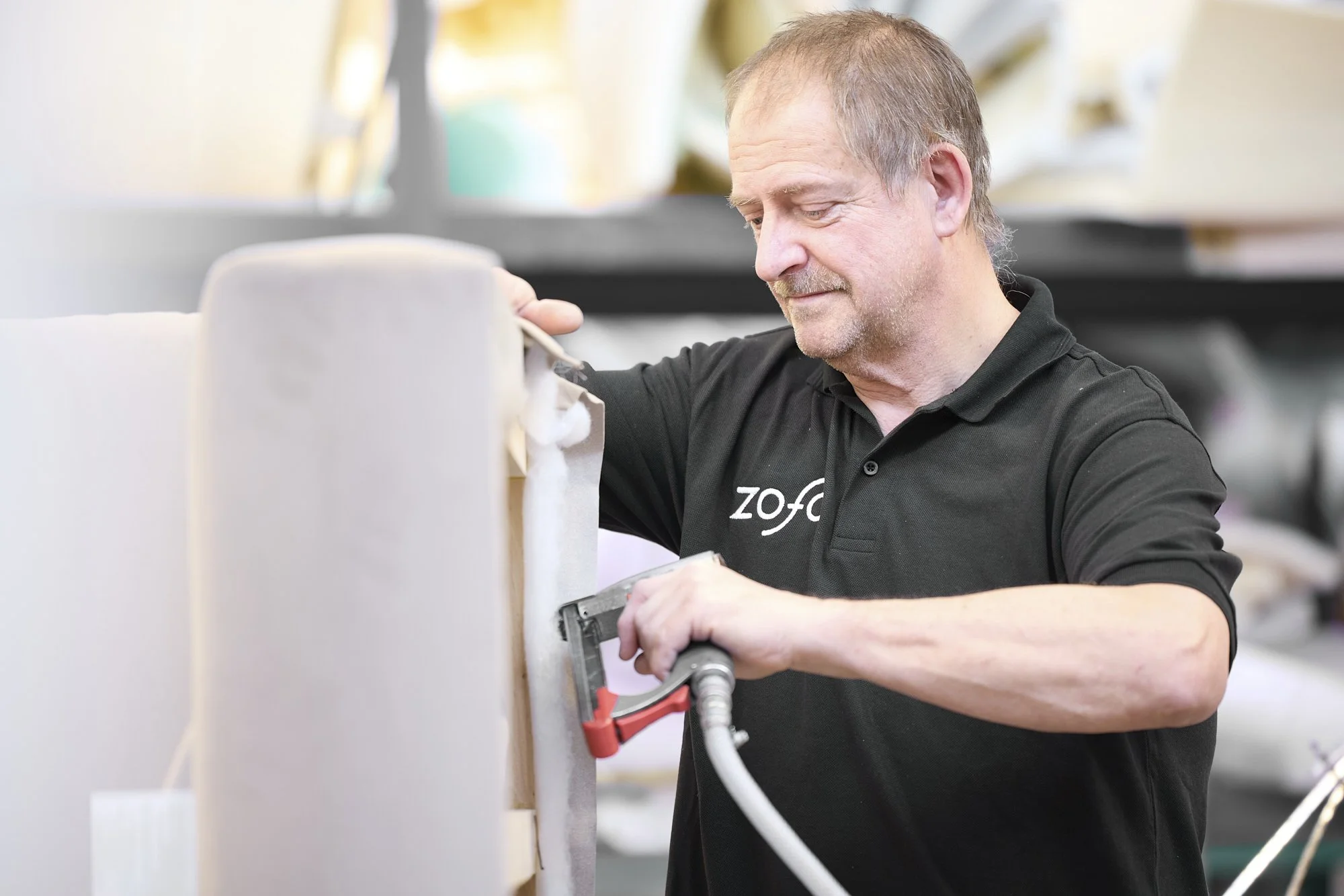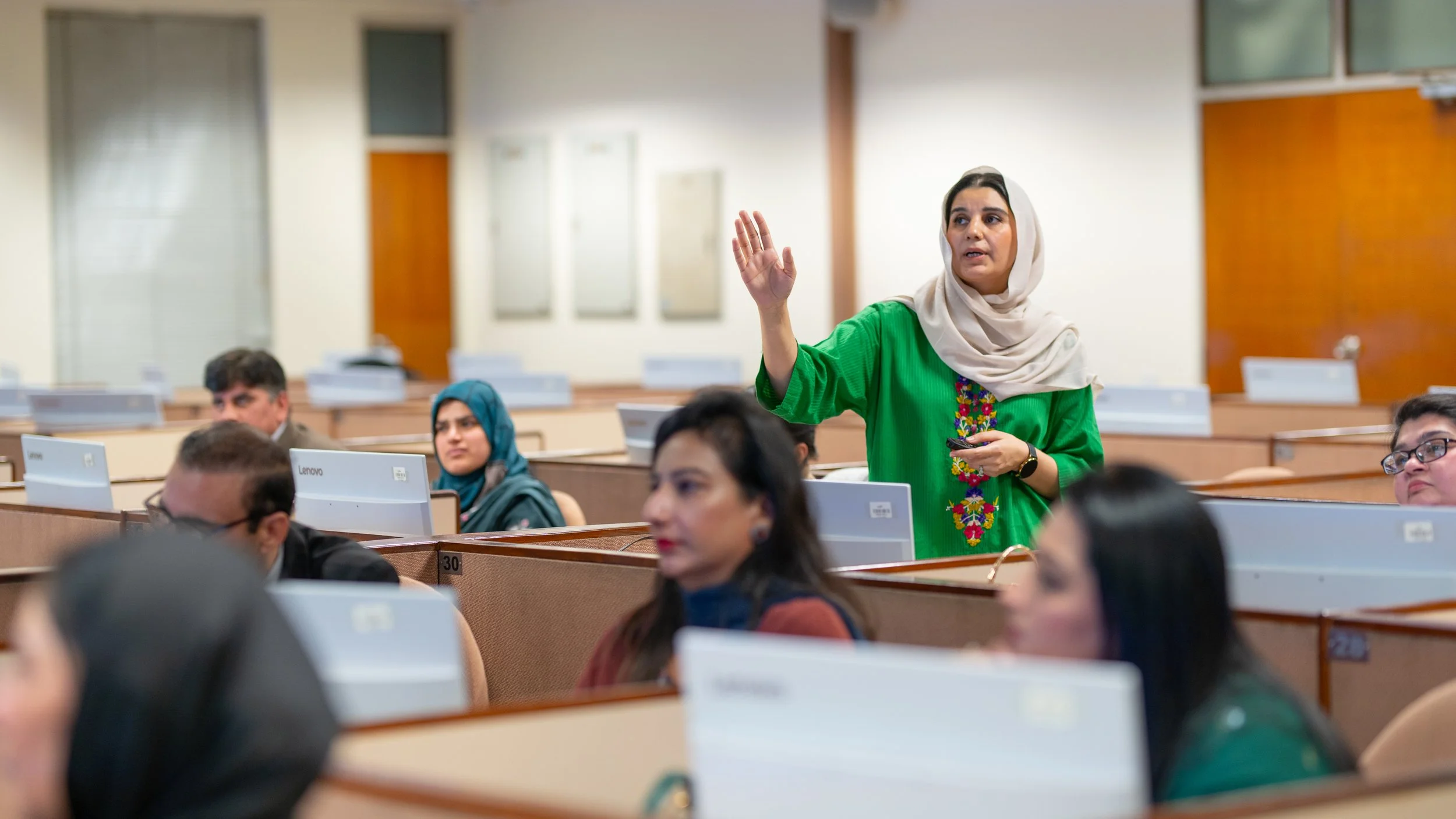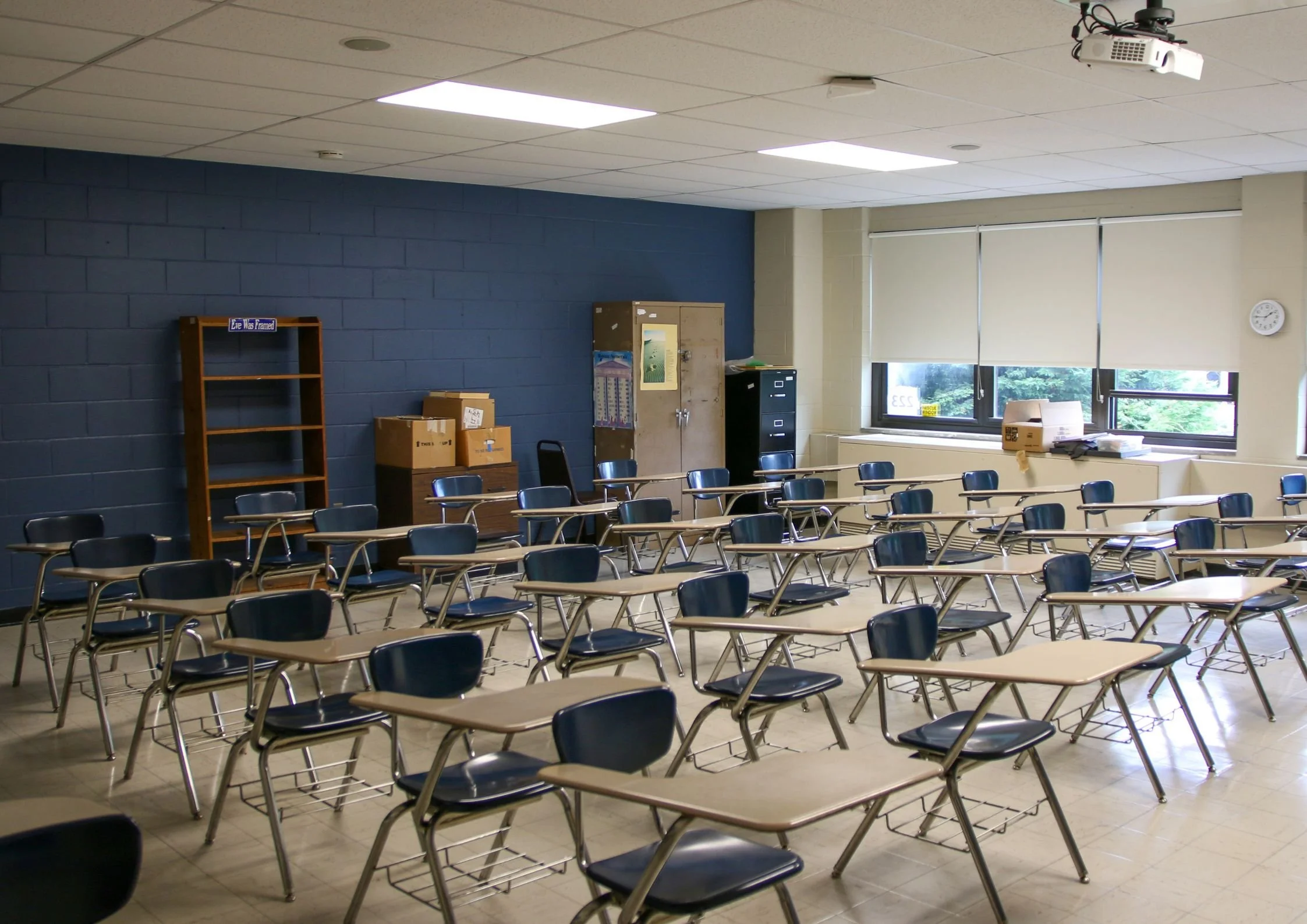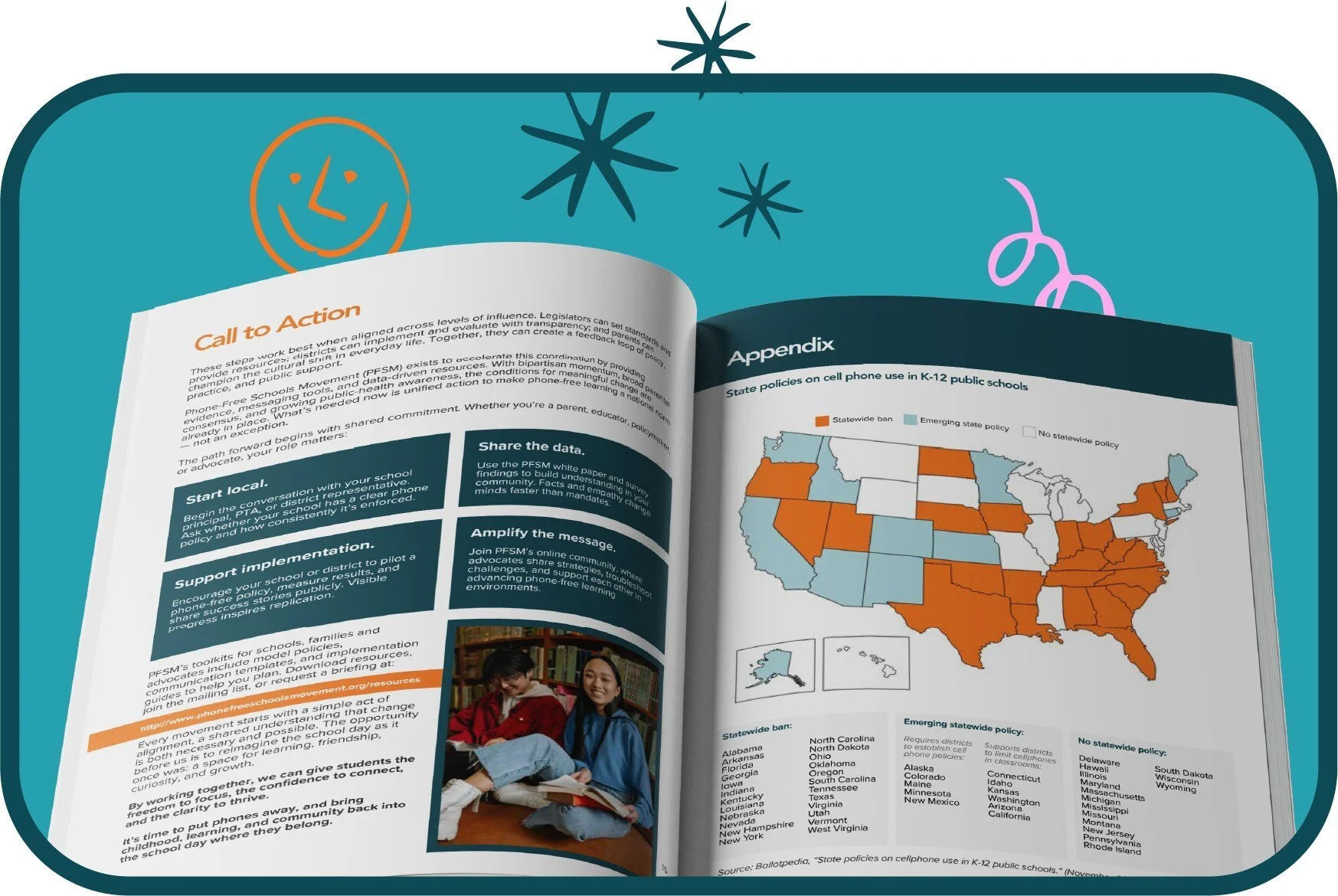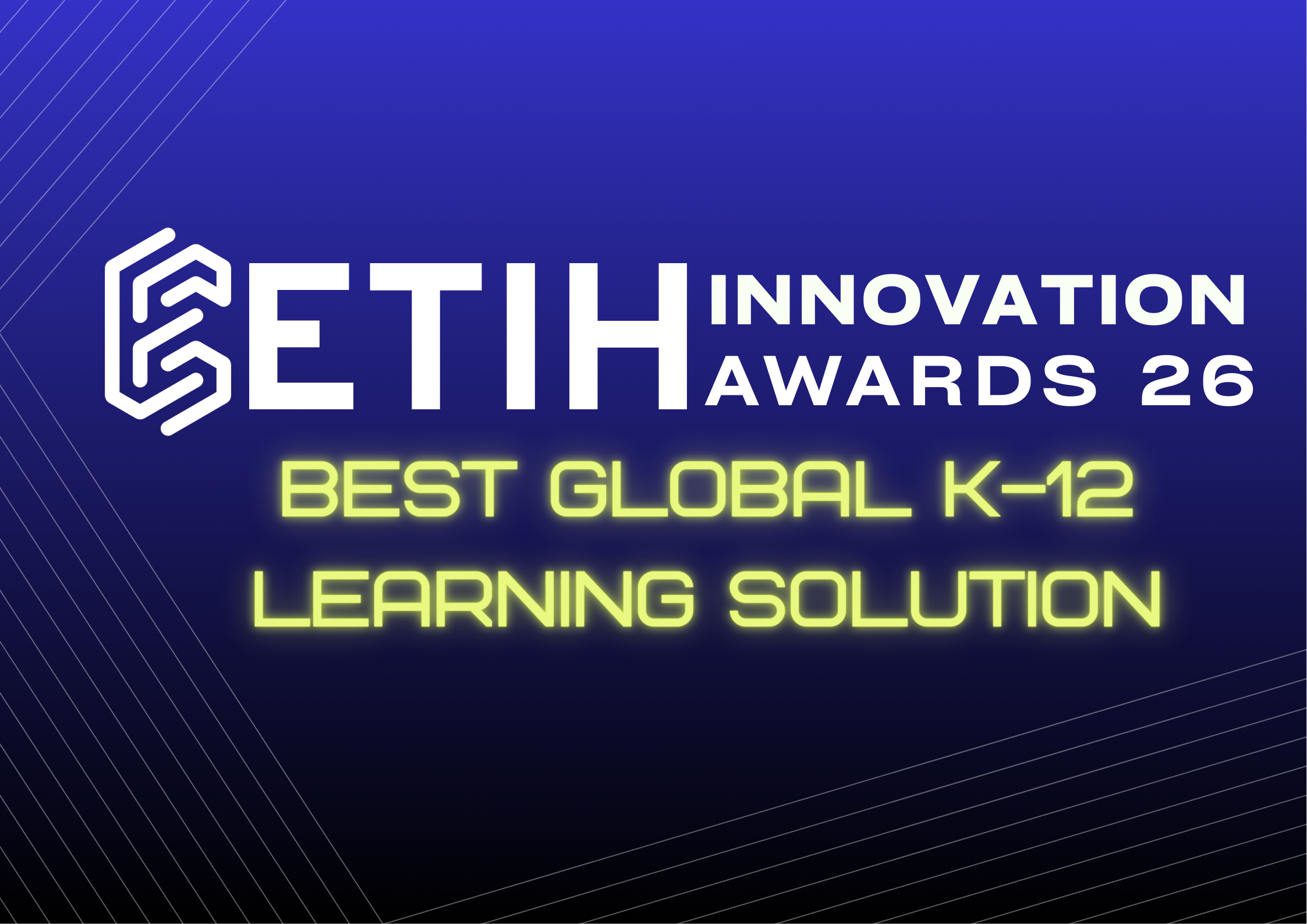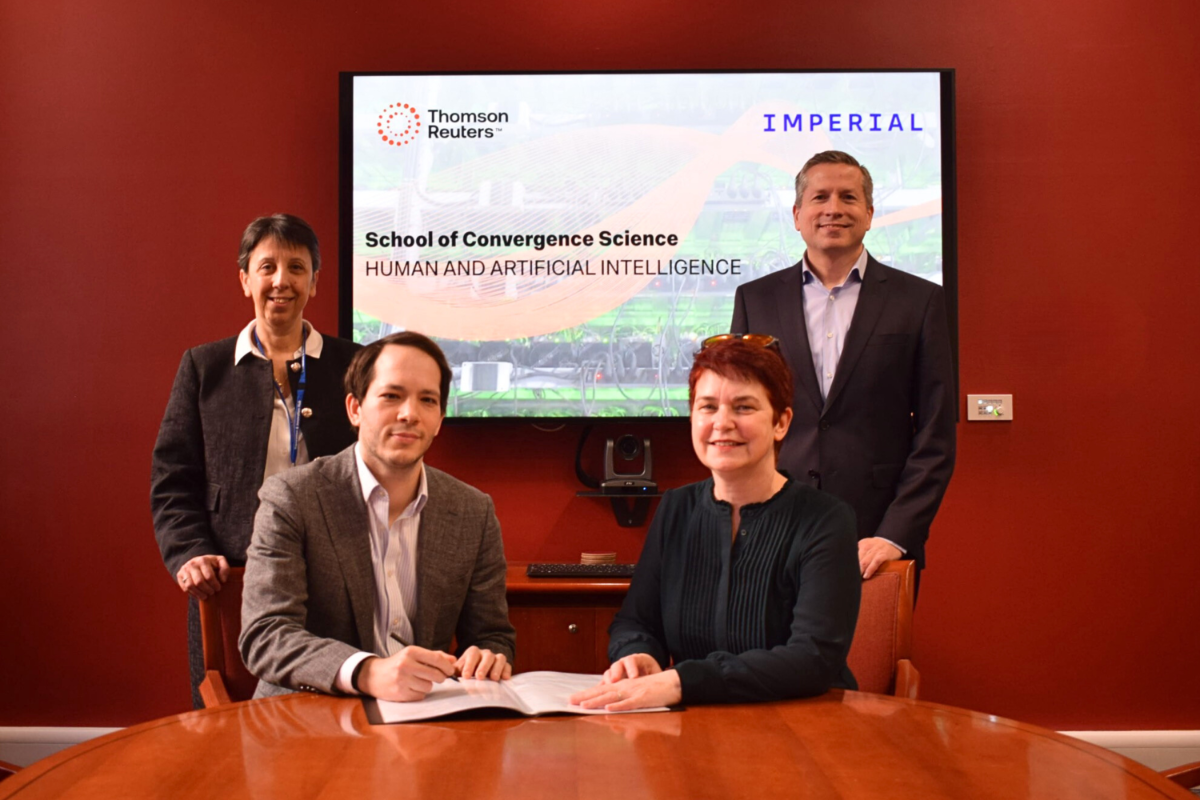OpenAI details Workforce Blueprint to prepare workers for the AI-powered economy
OpenAI has released a Workforce Blueprint, a new framework designed to guide policymakers, businesses, and labor organizations in preparing for an AI-driven economy. The company shared the announcement through a LinkedIn post and detailed it further in a blog update, positioning the Blueprint as a starting point for coordinated efforts across public and private sectors.
OpenAI, the San Francisco-based artificial intelligence company behind ChatGPT and DALL·E, develops AI models and research tools that power applications across education, business, and research sectors. The company has recently turned its attention to the long-term labor implications of its technology, analyzing real-world usage data to better understand how AI is reshaping work.
AI adoption shows a nuanced impact on work and productivity
According to OpenAI’s analysis of ChatGPT data, the largest dataset on actual AI use to date, three primary activities dominate consumer engagement: seeking information, getting practical guidance, and writing. These account for nearly three-quarters of all interactions. Around one-third of messages appear to be work-related, generating what economists call consumer surplus by saving time and improving decision-making.
Citing research from economists Avinash Collis and Erik Brynjolfsson, OpenAI noted that this surplus value could total nearly $100 billion per year for consumers, most of whom use ChatGPT for free.
At the workplace level, adoption patterns suggest employees are often leading AI use rather than waiting for official rollouts. Within the first 90 days of deployment, staff reportedly use ChatGPT for writing, market research, and data analysis across departments from sales to finance. The company’s findings suggest AI is functioning more as an enabler than a replacer, augmenting productivity rather than eliminating roles.
Ronnie Chatterji, OpenAI’s chief economist, comments: “Interpreting these results requires humility. We live in an incredibly dynamic era and our tools are evolving fast. But studies like these point to an emerging pattern: so far, AI is more enabler than replacer.”
To assess how AI models perform in economically valuable scenarios, OpenAI researchers have introduced a new evaluation called GDPval. The test measures model performance on real-world professional tasks, such as writing legal briefs or conducting market research.
Chatterji explains that “GPT-5-level systems now match or exceed human professionals on about half these tasks, completing them in minutes instead of hours.” He adds that if current progress continues, capabilities could advance significantly over the next few years.
Workforce Blueprint introduces training and job initiatives
The Workforce Blueprint outlines several initiatives OpenAI has already built or is developing to support individuals and organizations adapting to AI-driven change. These include:
OpenAI Academy: A free online and in-person training platform helping people at all experience levels master AI tools.
OpenAI Certifications: A program to certify employees, entrepreneurs, and public sector workers in AI competencies.
OpenAI Jobs Platform: A new matching system connecting AI-skilled candidates with employers across industries and government.
The company also points to StudyMode, a feature designed to help users learn interactively by working through problems step by step, rather than simply receiving answers. OpenAI says this approach could help workers prepare for new roles, study for certifications, or accelerate career changes.
Another proposal connects OpenAI’s Stargate datacenter investments with community workforce partnerships. The company plans to collaborate with community colleges and technical schools to promote AI literacy in the same regions where its infrastructure is built, ensuring “pathways for people to thrive in the AI-powered economy.”
AI-driven transformation demands new collaboration models
OpenAI describes the Blueprint as a “starting point” for dialogue and coordination between government, academia, and industry. It calls for investment in workforce education, equitable access to AI tools, and proactive strategies to bridge skills gaps.
The company argues that preparing the workforce for the Intelligence Age requires more than short-term reskilling initiatives. It envisions a broader effort, one that combines infrastructure investment with educational and employment pipelines.
The announcement follows OpenAI’s growing involvement in workforce and education discussions. Later this month, the company will host its inaugural Higher Education Guild in San Francisco, focused on the role of AI in teaching and academic research. It will also mark the first anniversary of OpenAI Academy with a public session on expanding AI literacy.
Balancing optimism with responsibility
While the Workforce Blueprint highlights potential opportunities, OpenAI emphasizes that technological transformation will not be uniform. Some roles will disappear while others evolve or emerge.
“New jobs will be created; others will evolve; some jobs will disappear—we should be clear-eyed about that,” the company notes in its blog. “To help prepare for this shift and ensure that AI’s benefits reach everyone—not just the few—we’ve released a new Workforce Blueprint.”
The company concludes that the next phase of AI progress must include shared responsibility across sectors, ensuring innovation aligns with social and economic inclusion.

